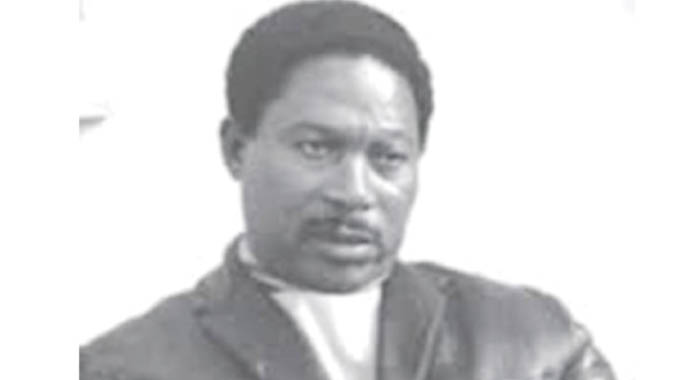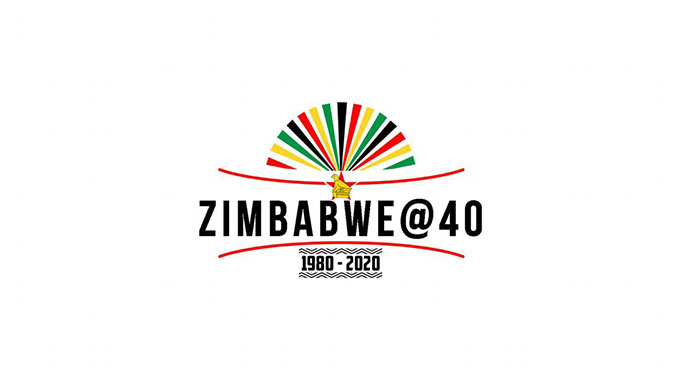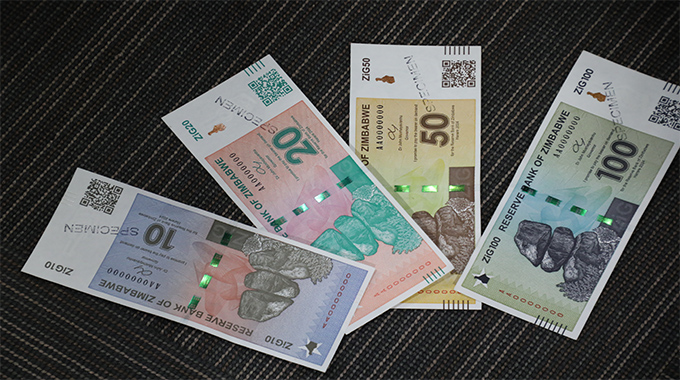Ideological linkages of liberation struggle events

Pathisa Nyathi
When a consciously planned event, be it political, economic or military takes place, more often than not there are processes that would have preceded with prospects for follow-ups.
A meaningful and informed analyses and interpretations require that preceding events and processes be unpacked, especially with a view to dissecting the interests at work.
Inevitably, this will require that expected processes and future events be understood as these are fashioned out in consonance with what has gone on before.
How much can we hope to thoughtfully understand and meaningfully interpret the death of ZPRA commander Alfred Rogers Nikita Mangena in 1978 outside of the events, processes and driving interests and objectives of the forces pitted against each other in the cut throat competition for the control of the world’s economic resources?
Similarly, what headway do we think we can achieve in analysing and interpreting the related deaths of Herbert Wiltshire Chitepo the Zanu leader in Lusaka in 1975 and Jason Ziyapapa Moyo the Commander-in-Chief of the ZPRA forces three years later?
To see the events as unrelated is to miss the point resulting from failure to undertake a fuller and objective analysis and scoping of the build up towards their deaths and what happened when they were out of the way.
More importantly, events are driven and understood against the background of objectives of key players within the political theatre.
Research on the liberation struggle spanning several years has taught me that sometimes we fail to link events to competing forces and their interests at different levels.
The Rhodesian war was not a matter between black and white antagonists within the physically defined territory.
Instead, it had ideological linkages and manifestations whose operations permeated the national, regional and international levels.
Furthermore, those ideological drivers were complemented by racial affinities. At the national level the Rhodesians were not prepared to surrender political power to the blacks. They were quite aware that political power per se is a hollow occupation and pursuit.
More importantly, political power unlocks economic power which, in many instances, is the hidden but generative force behind conflict at various levels.
However, the white Rhodesians were allied to their kith and kin both in Europe and the United States of America. They were rabidly incensed with halting the advance of communists and their interests into southern Africa.
In order to come up with appropriate and dependable strategies and tactics, their intelligence organisations collaborated and exchanged intelligence, in particular from captured cadres.
The West was keen to know the weapons that the Soviets and their allies were producing. That information was relayed to western intelligence organisations such as MI5 and MI6, CIA, Mosad and the Portuguese intelligence organisation. Ian Smith’s Central Intelligence Organisation (CIO) which came into operation in 1964 under the directorship of Ken Flower worked closely with western intelligence organisations.
That immediately throws the liberation struggle into the context of cold war contestations pitting the west against the east. The conflict thus ought to be viewed against these international interests which translate to competition for access to the lucrative resources in the geopolitically important southern Africa.
The linkages between the national and international players did not exclude regional interests. Apartheid South Africa was aligned to the west in mortal fear of the advance of communism.
Their intelligence organisation, the Bureau of State Security (BOSS) was sucked into the collaborating western intelligence organisations. For South Africa, the racial ideology was overt. Blacks were not to be given independence, in essence this translated to keeping them away from the economic cake.
Their interest was to retain in their hands, and those of their allies, in white hands for all time. As a result, they were roped into the western chain of organisations avowed against promotion of the interests of their antagonists. In practical terms their operations found expression at all three levels; national, regional and international.
Though Rhodesia was supposed to be operating under sanctions, these were flouted by the west and the Rhodesians did get fighter aircraft and cars from the west in particular from France. The guns used were coming from the west, the FNs for example.
On the other hand, blacks in Rhodesia received support from the Organisation for African Unity (OAU), now the African Union (AU). A similar picture and configuration of interests spanned the local/national, regional and international spheres. At the very regional level there were Frontline States such as Botswana, Zambia, Tanzania and later Mozambique and Angola.
All of these independent African states played critical roles towards attainment of Independence for Zimbabwe. Botswana was an important conduit for cadres going out to join the struggle with some of them coming from South Africa’s WENELA mines. The same was true of Mozambique and Zambia which were not mere conduits but hosted the liberation movements who provided with training facilities and logistics. The OAU’s Liberation Committee chaired by Colonel Hashim Mbita resourced the liberation movements using funding from African countries and allies beyond the continent.
It should never be assumed that the Soviets and their allies were engaging in disinterested benevolence. Their political, diplomatic and military thrusts were designed to give them a strong foothold in southern Africa. Their point of entry towards realising their goals was assisting the liberation movements in every possible way.

Cde Herbert Chitepo and Cde Nikita Mangena
The Chinese were doing the same, engaging in long term military investments in the hope of harvesting economic dividends in the long term.
That the liberation movement was divided at both inter-organisational and intra-organisational levels was taken advantage of by those seeking to either slow down the pace of the liberation war or to kill it outrightly. In any case, the resulting rifts and splits had been engineered against the background of competing interests, using ethnic fissures in their manipulative endeavours.
The Special Branch (SB) was at work fomenting conflict within ZAPU leading to the split in 1963 and the western intelligence organisations with tentacles in Rhodesia cannot be absolved from blame in manipulating the move.
Besides, it ought to be appreciated that right from the outset of the liberation struggle there were individuals, both men and women, who were infiltrated into the movement.
That was the admission by a former policeman who served in the BSAP for a very long time in the period preceding independence.
What this means is that within the liberation movement there were contacts and agents that were being handled by western intelligence organisations.
This happened, not only within the fighting forces, but was the case at the political leadership levels both within and without Rhodesia. Prisons were recruitment sites and money was sometimes used to lure would-be moles to enlist for service in the secret world and, in the process, secure their own release and freedom to work against the interests of liberation.

This was apparently a phenomenon that was present throughout the period of the struggle and beyond. For example, the Special Branch infiltrated the Zambian intelligence space from the very beginning when Dr Kenneth Kaunda was organising his own snooping body following independence in 1964.
When, as from 1963 in particular, cadres left initially for Tanganyika and later in 1964 to Zambia they were moving into the welcoming secret arms of the Rhodesian intelligence operatives already domiciled in Zambia.
Real politics goes on at this level while political shadows visible to blind eyes take place in media, both print and electronic, and conversations on the streets and ‘corridors of power.’
Intelligence organisations are the watchdogs and protectors or powerful economic interests at national and international levels.
Failure to see hidden hands tends to cloud what exactly is happening on the political front. As a result, some people begin to see struggles within the struggle, in actual fact an admission of political blindness and failure to unravel the identify the real politico-economic players. To assume attainment of independence put paid to the political shenanigans alluded to above is to bury one’s head in the sand, ostrich style. As long as the resources are finite and there are men with insatiable appetites for good money, political manipulation will not end.
The local black agents from long ago will continue to masquerade as holier than thou agents for African liberation when, in actual fact, they are wolves in sheep’s clothing. Indeed, as the Bible says, ye shall know them by their fruits.
This article is written to provide some theoretical background to an analysis of events that led to the Lancaster House Talks in September 1979 culminating in a ceasefire in December of the same year. We shall trace the events that took place in Portugal with repercussions on the political goings-on and their economic ramifications in Southern Africa.
The question is whether or not the pre-Lancaster House processes and interests have run full circle and ended or they continue manifesting themselves under guises of thinly veiled language calculated to hoodwink the unsuspecting and the gullible and yet the same old interests are being advanced, albeit under a new deceptive coat and lease of life.








Comments